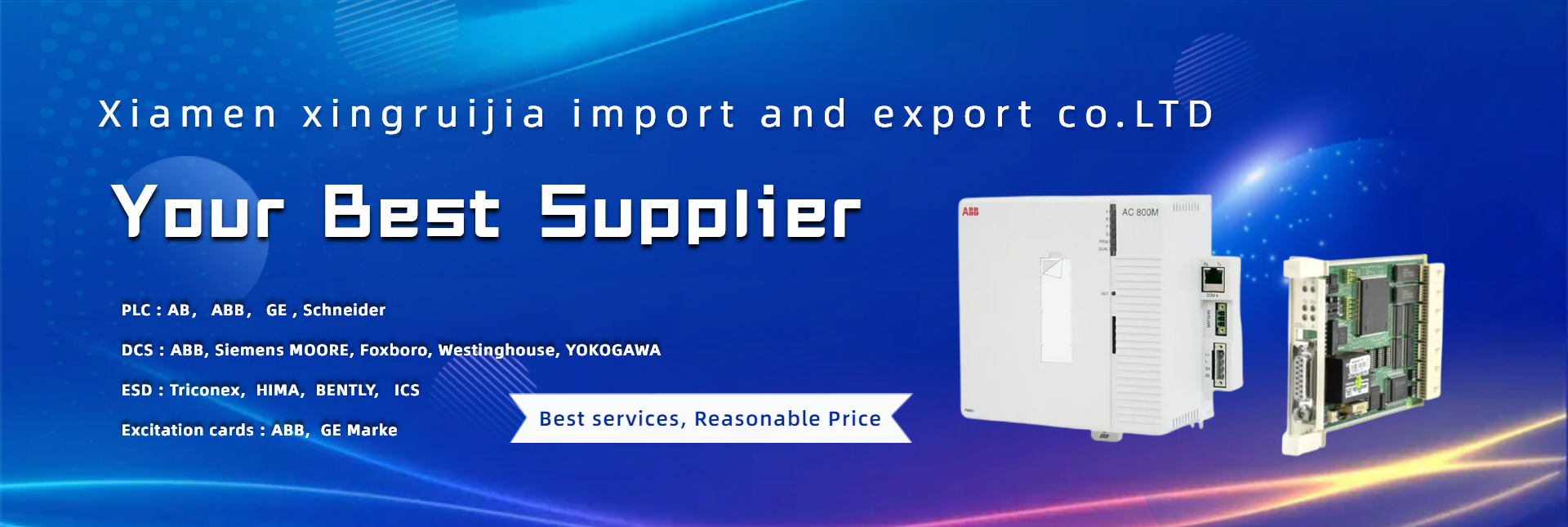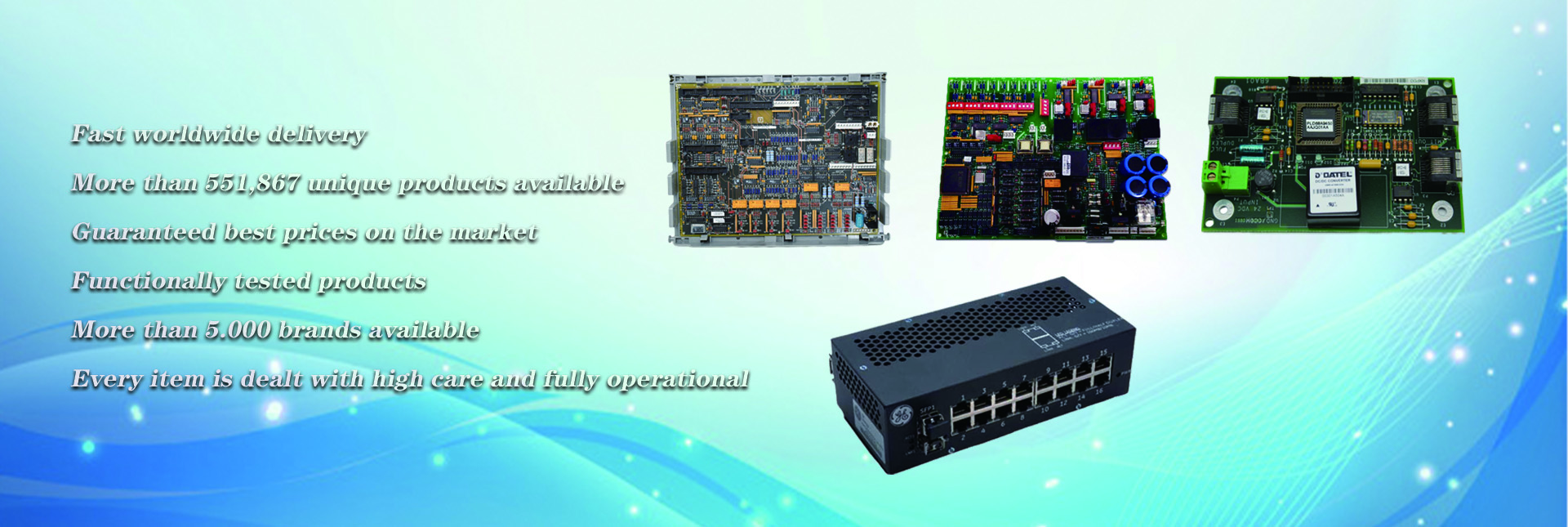Modeul: RDC0-02C
Product details: Electric motors are prime movers that use the principle of electromagnetic induction to convert electrical energy into mechanical energy and output mechanical torque. According to the nature of the current used by the motor, it can be divided into two categories: AC motor and DC motor. The phase number of power used by AC motor can be divided into two types: single-phase motor and three-phase motor, and three-phase motor can be divided into synchronous motor and asynchronous motor.
Three-phase asynchronous motors have the advantages of simple structure, reliable operation, convenient use and maintenance. Therefore, it has been widely used in various aspects of industrial and agricultural production and life.
Three-phase asynchronous motor consists of stator and rotor.
The stator of a three-phase asynchronous motor consists of a base, iron core, and stator winding. The base is generally made of cast iron and cast steel. Its function is to fix the iron core and stator winding, and support the terminal shaft with the front two end covers. Its outer surface is cast with heat dissipation ribs to increase the heat dissipation area and improve the heat dissipation effect. The stator iron core is the magnetic part of the motor, which is fixed in the base. It is formed by overlapping silicon steel sheets with surface insulation. The inner circle of the silicon steel sheets is punched with evenly distributed slots to embed symmetrical three-phase stator windings. The stator winding is the circuit part of the motor, which is composed of three-phase stator windings. The three-phase windings are embedded in the stator slot at a certain spatial angle once, and are closely insulated. The three-phase winding has a total of six outgoing terminals that are led out of the casing and connected to the junction box of the base. The beginning and end of each phase of the winding are marked with symbols U1-U2, V1-V2, and W1-W2. The wiring form should be connected in a star or triangular shape according to the instructions on the motor nameplate. The rotor is the rotating part of an asynchronous motor, composed of three parts: the rotor, the rotor core, and the rotor winding. Its function is to output mechanical torque. The rotor core is a cylinder that installs mutually insulated silicon steel sheets on the rotor shaft, with uniform grooves punched on the outer circle of the silicon steel sheets for embedding the rotor winding, called wire grooves. The rotor winding is divided into two types according to its structure, namely, wound type and cage type, The wound rotor winding is similar to the stator winding in that a symmetrical three-phase winding is embedded in the rotor iron core wire slot. The cage rotor winding is formed by embedding copper or aluminum strips in the rotor wire slot, and using metal rings to weld both ends, resembling a cage. The cage rotor and the wound rotor are only structurally different, and their working principles are the same.
Post time: Mar-23-2023


